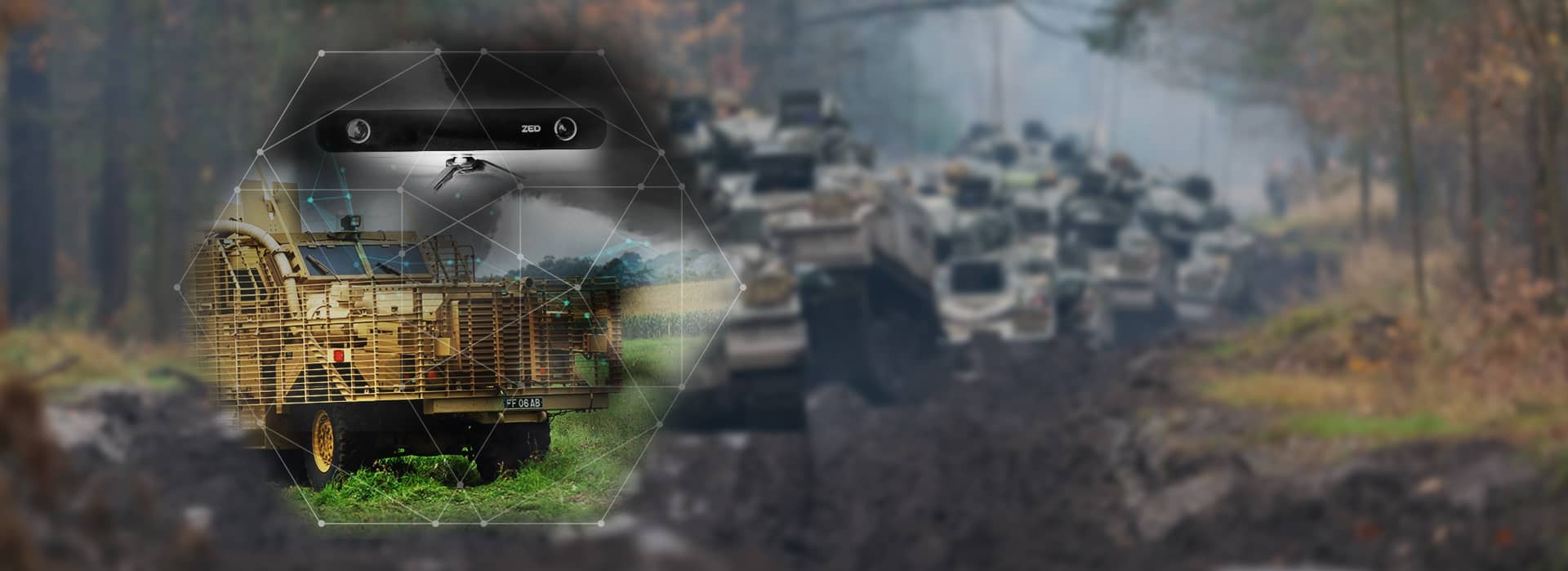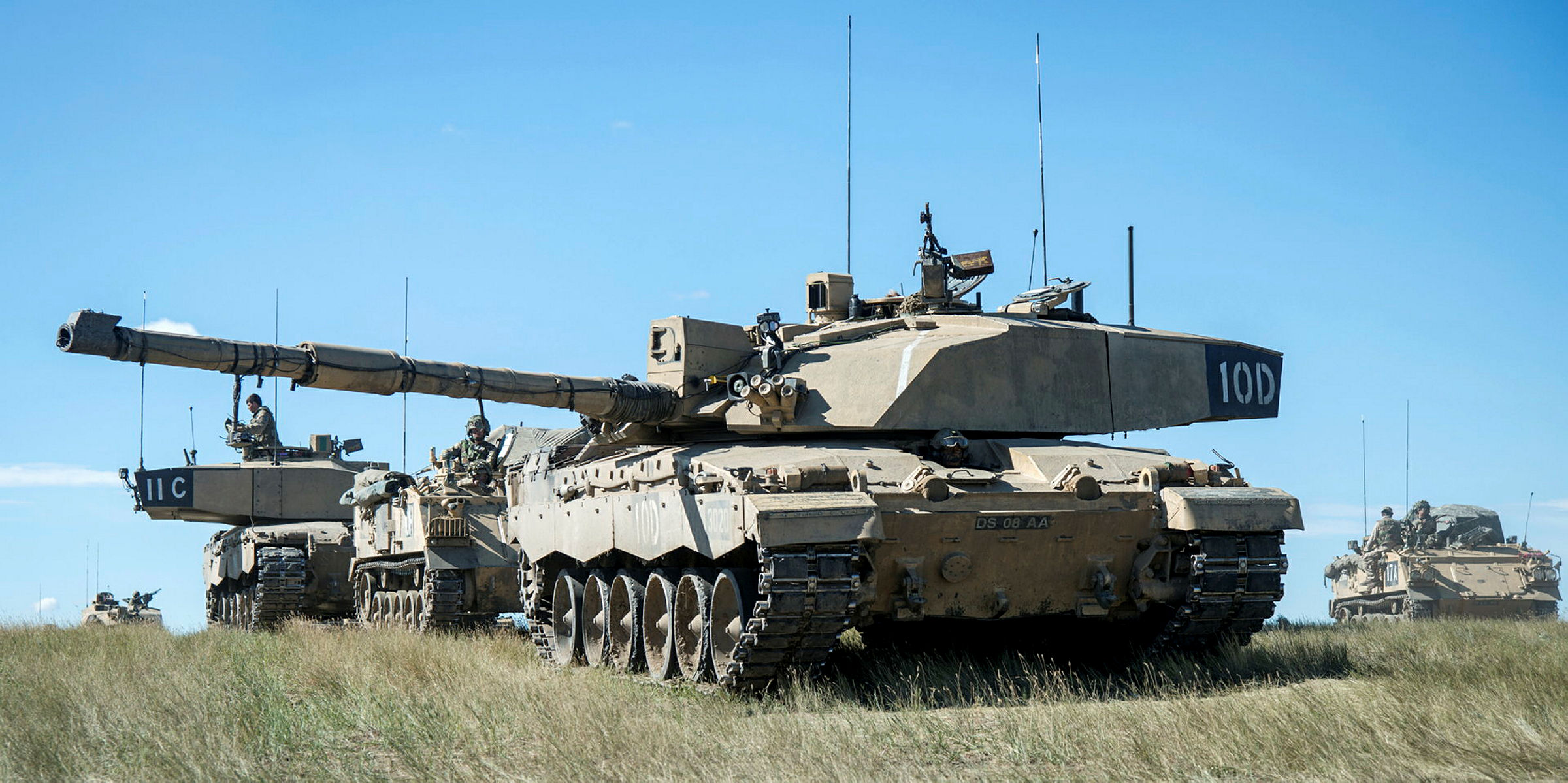Requirements
There are significant impacts in terms of injury to Ministry of Defence (MoD) and civilian personnel, repair costs, vehicle downtime and the administrative burden associated with Road Traffic Accidents (RTAs) and operational incidents involving UK MOD Logistics vehicles. Additionally, current doctrine states that reversing should not be carried out without a banksman, and this could put crewmembers at risk of injury or death due to the actions of others.
To counter this, The Defence Science and Technology Laboratory (Dstl) requested the development and trial of a Passive Proximity Warning System (PPWS) for MoD logistics vehicles that would not rely on any Active sensing technologies. The system was to use stereo cameras and image processing techniques for automated obstacle detection. The primary aim is to increase Situational Awareness (SA) and reduce the number and severity of RTAs in cluttered environments.
Approach
The RED team designed, built and demonstrated a modular system of stereo cameras positioned around the vehicle to cover a previously identified proximity curtain. The system uses 3D analysis algorithms in addition to thresholds and feature boxes to identify the presence and distance of valid obstacles and other defined threats coming within range. The system is designed to use an in-cab visual warning with a speaker array for immersive notification. This will process the data, triggering and updating visual and audible warnings for stopping or taking avoiding action within the timescales required.
Mapping and tracking of potential threats is handled in separate processing threads to enable non-blocking processing from the point of detection. The team are also going to explore other approaches and techniques, such as the superposition of a graticule when reversing to aid the driver.
The demonstration system was trialled by mounting it onto a MAN SV 9T 6×6 logistics vehicle and both quantitative evidence of the system’s performance and qualitative feedback from end-users was obtained.
Output
The project created and demonstrated the capability, showing the extent to which state of the art commercial technology could deliver a PPWS in a large logistic vehicle with limited visibility.
The team gathered both qualitative and quantitative data to provide a comparative analysis to support the Critical Design Review process. This will provide quantified objectives and achievable targets for system performance in a range of light conditions, thereby enabling the creation of realistic user and system requirements.
Feedback
“The development and trial of this Passive Proximity Warning System for large/heavy logistics vehicles addresses a high-priority problem for our military customers. The capability has the potential to deliver a number of very significant safety and operational benefits, including:
- Fewer injuries, increased equipment availability and reduced support burden;
- Improved crew Situational Awareness in complex environments;
- Reduced need to disembark in threat environments;
- Recording of collisions and near misses: training and legal benefits;
- A step towards the development of autonomous logistics vehicles.”
For further enquires please contact the team.



